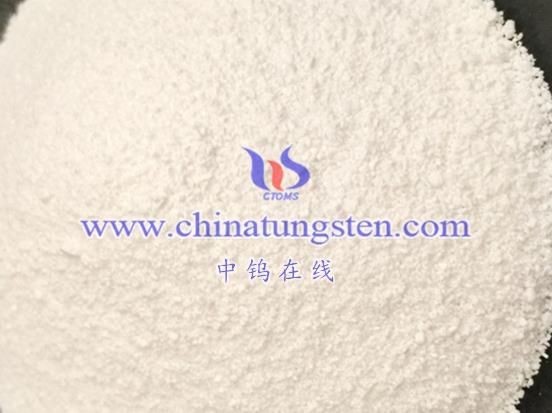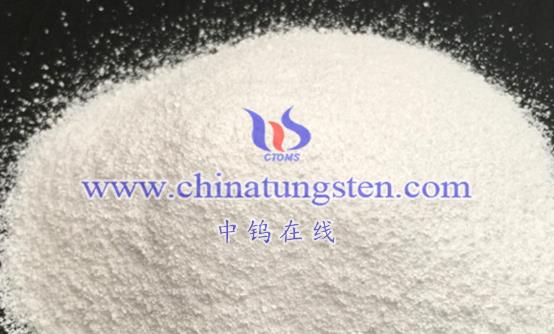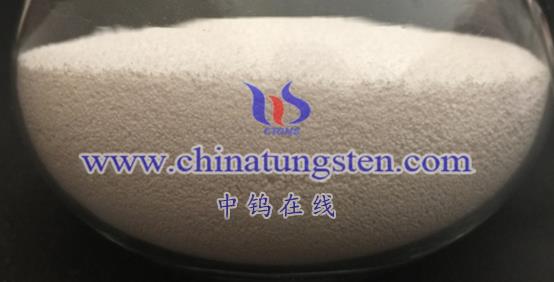
Particle size analysis of Ammonium Metatungstate usually involves the use of particle size analyzing instruments and software to measure and evaluate its particle size distribution. Below is a clear step-by-step guide for performing particle size analysis of Ammonium Metatungstate:
Ammonium Metatungstate Sample Preparation
Obtain a representative sample from the Ammonium Metatungstate product, ensuring that the sample is well mixed and uncontaminated.
Test Instrument Preparation
Prepare appropriate instruments for particle size analysis, such as laser particle size analyzer, electron microscope (e.g. SEM or TEM) combined with image processing software (e.g. nano measurer).
Particle size analysis methods
Laser Particle Size Analysis
Suitable for rapid acquisition of particle size distribution data. The sample is dispersed in a suitable medium and the particle size distribution is obtained by irradiating the sample with a laser beam and measuring the intensity and time distribution of the scattered light.
Electron Microscopy Analysis
Suitable for obtaining more detailed information on particle morphology and size. The sample is prepared in a form suitable for electron microscopy (e.g. ultrathin sections or suspensions) and then observed using SEM or TEM. In combination with image processing software (e.g. nano measurer), the size of the particles can be measured and analyzed.
Laser particle size analysis
The sample is dispersed in a medium to ensure that it is well dispersed and free of agglomerates.
Place the dispersed sample into the cell of the laser particle size analyzer.
Run the instrument and set the measurement parameters (e.g. measurement time, scanning speed, etc.) according to the operating instructions.
The instrument will automatically analyze the scattered light signal and output the particle size distribution data.
Electron Microscope Analysis
Prepare the sample and make sure the sample is suitable for electron microscope observation.
Place the sample into the electron microscope and adjust the microscope parameters to obtain a clear image.
Use image processing software (e.g. nano measurer) to select representative particles on the image for measurement.
The software will calculate the size of the particles and generate a statistical report.
Data processing and analysis
Data organization
The measured particle size distribution data is organized, including average particle size, particle size range, and particle size distribution curve.
Analysis of results
Based on the particle size distribution data, evaluate the particle size characteristics of Ammonium Metatungstate, such as whether it meets the product requirements or process needs.
Precautions
Sample Representativeness
Ensure that the samples taken are representative of the whole product to avoid deviation of the analytical results due to sample inhomogeneity.
Instrument Calibration
Regularly calibrate the particle size analyzer to ensure the accuracy and reliability of the measurement results.
Data Processing Software
Use appropriate image processing software for particle measurement and data analysis to ensure the accuracy of the results.
Particle size analysis of ammonium metatungstate can be carried out by methods such as laser particle size analyzer or electron microscope combined with image processing software. Choosing the appropriate analysis method and operating the instrument correctly, accurate particle size distribution data can be obtained, providing powerful support for product quality control and process optimization.
More details of ammonium metatungstate product, please visit website: http://ammonium-metatungstate.com/
Please contact CHINATUNGSTEN for inquiry and order of ammonium metatungstate:
Email: sales@chinatungsten.com
Tel.: 86 592 5129595
















